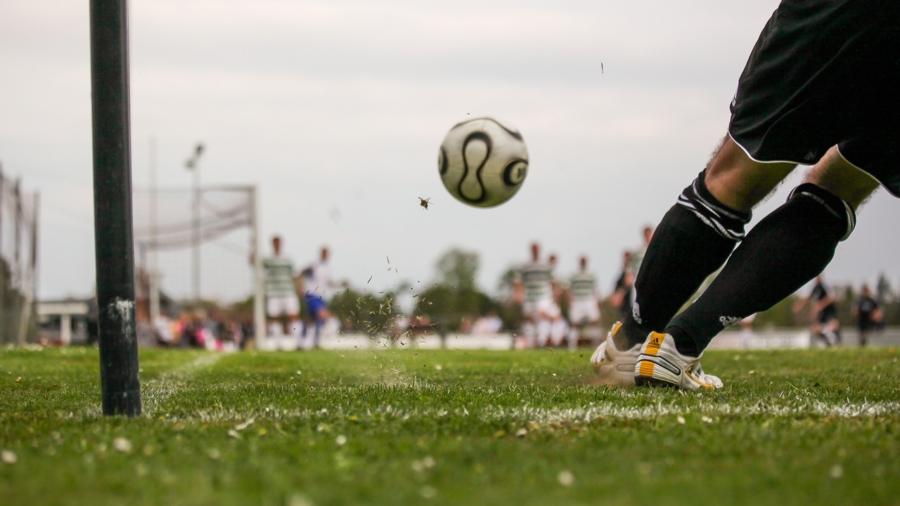Sports photography is an exhilarating field that combines the excitement of sports with the art of photography. Capturing the peak action, the intense emotions, and the dynamic movements in a sports event can be highly rewarding. Whether you’re an amateur photographer looking to explore a new hobby or an aspiring professional, this guide will provide you with the essential tips and techniques to get started in sports photography.
Table of Contents
Getting Started with Sports Photography
Understanding Your Equipment
The first step in sports photography is understanding your equipment. A good camera with fast shutter speed, quick autofocus, and high burst mode is essential. While DSLRs and mirrorless cameras are preferred, many modern smartphones also offer decent sports photography capabilities.
- Camera Body: Choose a camera that can shoot at least 5 frames per second (fps). The higher the fps, the better your chances of capturing the perfect moment.
- Lenses: Telephoto lenses (70-200mm or longer) are ideal for sports photography as they allow you to get close to the action from a distance. A lens with a wide aperture (f/2.8 or wider) is beneficial for low-light conditions.
- Accessories: Invest in a sturdy tripod or monopod, extra batteries, and high-capacity memory cards.
Mastering the Basics
Before you head to your first sports event, familiarize yourself with the basic settings of your camera.
- Shutter Speed: Use a fast shutter speed (1/1000th of a second or faster) to freeze motion.
- Aperture: A wider aperture (smaller f-number) helps in capturing sharp images with a shallow depth of field, which can isolate the subject from the background.
- ISO: Adjust the ISO setting to control the camera’s sensitivity to light. Higher ISO values are useful for low-light situations but can introduce noise into the image.
Capturing the Action
Positioning and Timing
Positioning yourself strategically is crucial in sports photography. Arrive early to find the best spots with a clear view of the action. Study the sport to understand where the key moments are likely to occur.
- Anticipate the Action: Learn the flow of the game to anticipate key moments such as goals, tackles, or celebrations.
- Focus on Faces: Capturing the emotions of the players adds a powerful element to your photographs.
- Follow the Ball: Keeping an eye on the ball will help you track the action and capture pivotal moments.
Composition Techniques
- Rule of Thirds: Use the rule of thirds to create well-balanced and interesting shots. Place your subject off-center to add dynamism to the image.
- Leading Lines: Use lines in the environment, such as the lines of the field or court, to draw the viewer’s eye towards the main subject.
- Framing: Utilize natural frames such as goalposts, arches, or spectators to add depth and context to your shots.
Post-Processing Tips
After capturing the action, the next step is to enhance your images through post-processing.
- Cropping: Crop your images to eliminate distractions and focus on the main subject.
- Adjusting Exposure and Contrast: Fine-tune the exposure and contrast to make the image pop.
- Sharpening: Apply sharpening to bring out the details, especially in action shots.
- Noise Reduction: If you’ve shot at a high ISO, use noise reduction techniques to minimize graininess.
FAQs
Q1: What is the best camera for sports photography? A: The best camera for sports photography is one with a fast shutter speed, quick autofocus, and high burst mode. DSLRs and mirrorless cameras from brands like Canon, Nikon, and Sony are highly recommended.
Q2: What settings should I use for sports photography? A: Use a fast shutter speed (1/1000th of a second or faster), a wide aperture (f/2.8 or wider), and adjust ISO based on lighting conditions. Also, use continuous autofocus mode to keep moving subjects in focus.
Q3: How can I improve my sports photography skills? A: Practice regularly, study the sport you are photographing, and review your images to identify areas for improvement. Attending sports events and experimenting with different techniques will also help you improve.
Q4: Do I need expensive equipment to start sports photography? A: While high-end equipment can provide better results, you can start with mid-range cameras and lenses. Many modern smartphones also offer decent capabilities for beginners.
Q5: What are some common mistakes to avoid in sports photography? A: Common mistakes include using too slow a shutter speed, not anticipating the action, and neglecting composition techniques. Make sure to familiarize yourself with your camera settings and practice positioning and timing.
Conclusion
Sports photography is a thrilling and challenging field that offers endless opportunities for creativity and expression. By understanding your equipment, mastering the basics, and practicing regularly, you can capture stunning images that convey the excitement and intensity of sports. Remember to experiment with different techniques and continuously seek to improve your skills. Whether you’re photographing a local game or a major sporting event, the thrill of the game will always provide incredible moments worth capturing.


Add a Comment